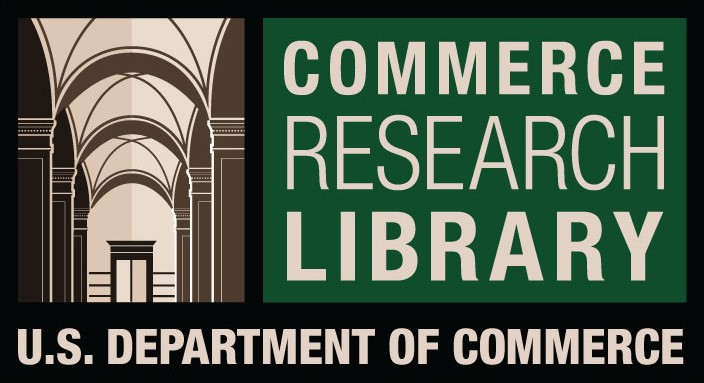The Connotations of CTs in Hawthorne's The Scarlet Letter: A Pragmatic Perspective
DOI:
https://doi.org/10.61841/d4n4h607Keywords:
CTs, connotation, X-phemism, euphemism, dysphemism, orthophemismAbstract
This study aims to investigate the connotations of colour terms in Nathaniel Hawthorne's The Scarlet Letter from viewpoint of pragmatics. As connotations of words, in general, and CTs, in particular, are context-based, pragmatics implicates assumptions suitable for the interpretation of the connotations of colour terms in The Scarlet Letter, and how Hawthorne used them in expressing their pragmatic meaning. In this regard, a qualitative analysis is used depending on Allan's (2007) proposition that connotations are pragmatic effect and not semantic. Considering the types of connotations in terms of their function, negative or positive attitude the study will adopt Allan's (2009) concept of X-phemism with its types-dysphemistic, orthophemistic, and euphemistic. All colour terms, basic and secondary, used in the novel: black, white, grey, red, scarlet, crimson, yellow, blue, green, purple, golden and brown, will be counted manually and, then, analyzed. The typology of colours is based on Berlin and Kay's (1969) classification. The connotations are judged by analyzing colours in context with special attention to words collocated with CTs. All the colours in the novel have orthophemistic uses; black, grey, red and brown have dysphemistic uses.
Downloads
Published
Issue
Section
License

This work is licensed under a Creative Commons Attribution 4.0 International License.
You are free to:
- Share — copy and redistribute the material in any medium or format for any purpose, even commercially.
- Adapt — remix, transform, and build upon the material for any purpose, even commercially.
- The licensor cannot revoke these freedoms as long as you follow the license terms.
Under the following terms:
- Attribution — You must give appropriate credit , provide a link to the license, and indicate if changes were made . You may do so in any reasonable manner, but not in any way that suggests the licensor endorses you or your use.
- No additional restrictions — You may not apply legal terms or technological measures that legally restrict others from doing anything the license permits.
Notices:
You do not have to comply with the license for elements of the material in the public domain or where your use is permitted by an applicable exception or limitation .
No warranties are given. The license may not give you all of the permissions necessary for your intended use. For example, other rights such as publicity, privacy, or moral rights may limit how you use the material.









